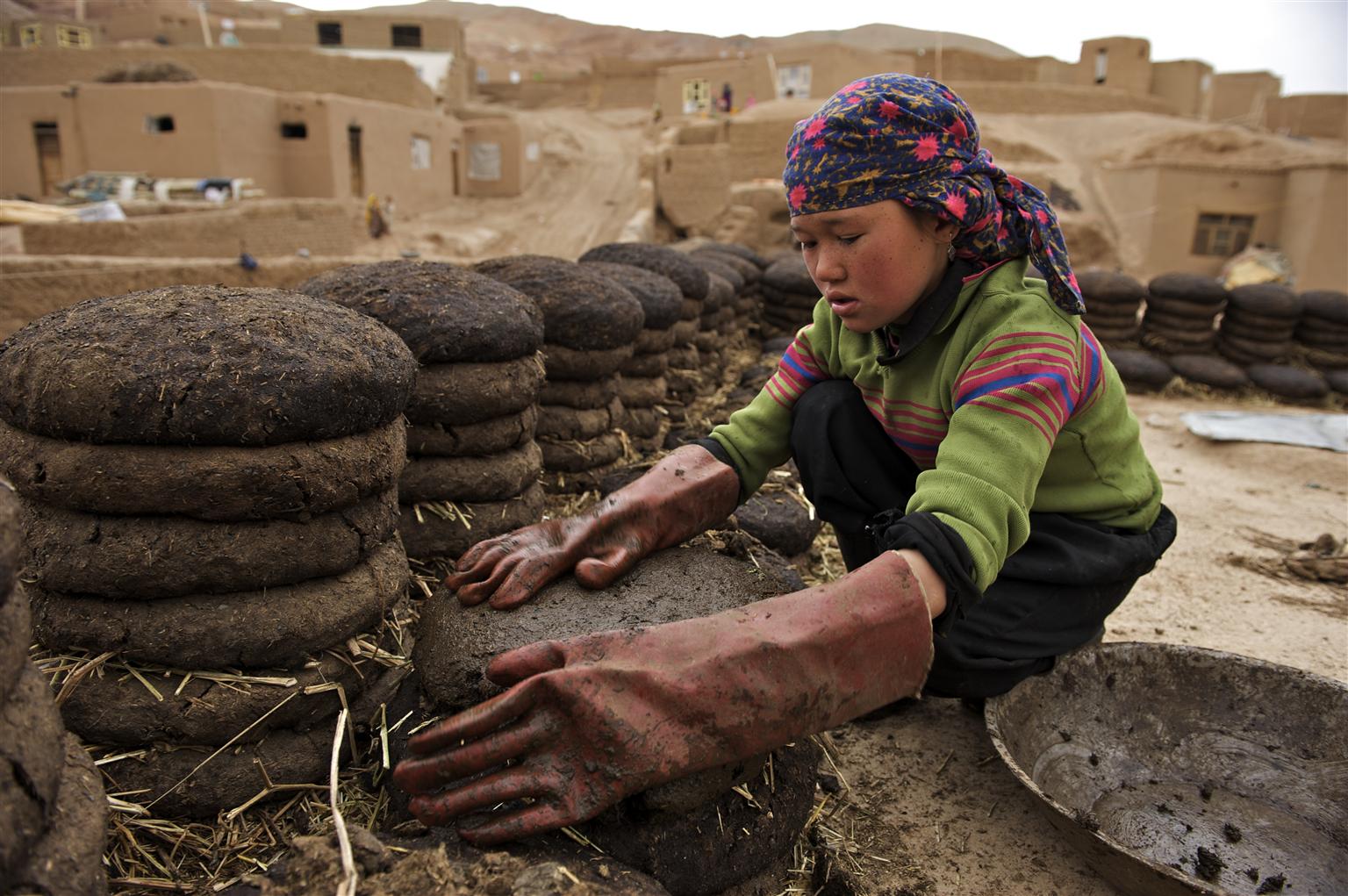
160 million children today are engaged in some form of child labour. That means almost one in ten children worldwide are working to support a living, a practice which often risks their development, hinders education and exposes them to threats violence and exploitation.
World Day Against Child Labour on 12 June is bringing together governments, employers, labour organisations and civil society to highlight the scale of the issue of child labour and spotlight what needs to be done to address it. This year, the International Labour Organisation (ILO), the UN’s main body on work and labour rights, has set the theme of social justice.
An increasingly urgent issue
After nearly two decades of steady progress in reducing child labour, conflicts, climate-related disasters and the COVID-19 pandemic have increased numbers and reverse gains. There has been an increase of 8.4 million children in the last four years – the first increase in two decades. Insufficient economic growth has been a major diver. These crises have pushed economies behind and families into poverty – forcing millions more children to resort to child labour to support themselves and their families.
Africa and Asia and the Pacific alone account for almost nine out of every ten children in child labour worldwide. Africa has the highest proportion of children in child labour — 72 million children or one-fifth of all children affected. Asia and the Pacific ranks second highest, with 62 million in child labour.
From the food we eat to our smartphones, child labour risks are high in many global supply chains. A recent study by Save the Children Germany looked at the manufacturing, agriculture and mining industries in eight countries across Africa, Asia, Latin America and the Middle East to shed light on the situation of children impacted. The report found that child labour is almost endemic, highlighting direct evidence of child labour in 10 of 20 child labour risk assessments conducted. A vast majority of these child labour cases are hidden "below the surface" in deeper tiers of the supply chains and informal sectors of work and need to be systematically addressed.
Poverty and exclusion are major drivers of child labour, and in turn, the practice also creates risks and vicious cycles of poverty and exploitation. It harms children’s well-being, stops education, and prevents them from decent income opportunities and employment as adults. It also exposes them to abuse and violence.
The work can be mentally, physically, or even socially harmful for children, especially in the case of “hazardous” labour, which includes work in dangerous, unhealthy conditions that could potentially result in a child being killed, injured or ill due to poor health and safety standards. The most extreme forms can include modern slavery and trafficking. There is a noted high incidence of violence in the workplace, including ill-treatment by employers and sexual violence of child domestic workers. Violence can be used to coerce children to work and keep them in exploitation.
Calling for collective action
This World Day Against Child Labour, UN agencies and the international community are calling for universal ratification of the ILO Convention on Minimum Age and the universal ratification of ILO Convention on Worst Forms of Child Labour.
Effective implementation of the Durban Call to Action, adopted at the 5th Global Conference for the Elimination of Child Labour in 2022,the call is a blueprint for turning the tide against child labour and calls for the protection of survivors through data-driven and survivor-informed policy and pragmatic responses, education, investment and achieving universal access to social protection.
The global community must act now to end child labour and ensure safe, secure and nurturing childhoods for all children.
Late last year, UNICEF and ILO teamed up to develop knowledge and actionable best practices on government-led social protection systems to address child labour. The report argues that strong social protection systems are necessary for the elimination of child labour, and explores the mechanisms by which social protection can have an impact.
In line with its theme on social justice, this year for World Day Against Child Labour, ILO is organising a high-level side event during the 111th Session of the International Labour Conference. The discussion will focus on the link between social justice and the elimination of child labour and Panellists will highlight examples of how ILO constituents have followed up on their commitments and solutions, including steps in social protection.
Find out more about the state of child labour and the high-level side event.
Image: © UNICEF/UNI120870/Noorani